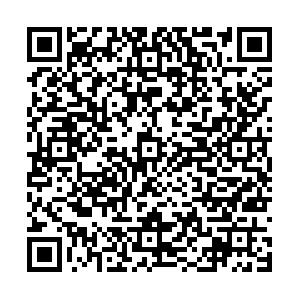|
KLAUER S G, DINGUS T A, NEALE V L, et al. The impact of driver inattention on near-crash/crash risk: an analysis using the 100-car naturalistic driving study data. Washington D. C.: National Highway Traffic Safety Administration, 2006.
|
|
公安部交通管理局. 中华人民共和国道路交通事故统计资料汇编2001—2008[R]. 北京:公安部交通管理局,2009.
|
|
LI W, HE Q C, FAN X M, et al. Evaluation of driver fatigue on two channels of EEG data[J]. Neuroscience Letters, 2012, 506(2): 235-239.
|
|
PATEL M, LAL S K L, KAVANAGH D, et al. Applying neural network analysis on heart rate variability data to assess driver fatigue[J]. Expert Systems with Applications, 2011, 38(6): 7235-7242.
|
|
LIU C C, HOSKING S G, LENN M G. Predicting driver drowsiness using vehicle measures: recent insights and future challenges[J]. Journal of Safety Research, 2009, 40(4): 239-245.
|
|
FORSMAN P M, VILA B J, SHORT R A, et al. Efficient driver drowsiness detection at moderate levels of drowsiness[J]. Accident Analysis and Prevention, 2013, 50: 341-350.
|
|
INGRE M, KERSTEDT T, PETERS B, et al. Subjective sleepiness, simulated driving performance and blink duration: examining individual differences[J]. Journal of Sleep Research, 2006, 15(1): 47-53.
|
|
JO J, LEE S J, PARK K R, et al. Detecting driver drowsiness using feature-level fusion and user-specific classification[J]. Expert Systems with Applications, 2014, 41(4): 1139-1152.
|
|
ZHU Z, JI Q. Real time and non-intrusive driver fatigue monitoring[C]//The 7th International IEEE Conference on Intelligent Transportation Systems Proceedings. Washington D. C.: IEEE, 2004: 657-662.
|
|
JI Q, YANG X. Real-time eye, gaze, and face pose tracking for monitoring driver vigilance[J]. Real-Time Imaging, 2002, 8(5): 357-377.
|
|
HU S, BOWLDS R L, GU Y, et al. Pulse wave sensor for non-intrusive driver's drowsiness detection[C]// Engineering in Medicine and Biology Society. : IEEE, 2009: 2312-2315.
|
|
NODINE E. The detection of drowsy drivers through driver performance indicators[M]. Ann Arbor: UMI Dissertation Publishing, 2008: 65-76.
|
|
张丽雯,杨艳芳,齐美彬,等. 基于面部特征的疲劳驾驶检测[J]. 合肥工业大学学报:自然科学版,2013,36(4): 448-451. ZHANG Liwen, YANG Yanfang, QI Meibin, et al. Detection of fatigue driving based on facial features[J]. Journal of Hefei University of Technology: Natural Science, 2013, 36(4): 448-451.
|
|
朱淑亮. 基于视频图像分析与信息融合的驾驶员疲劳检测技术研究[D]. 济南:山东大学,2011.
|

 点击查看大图
点击查看大图





 下载:
下载: